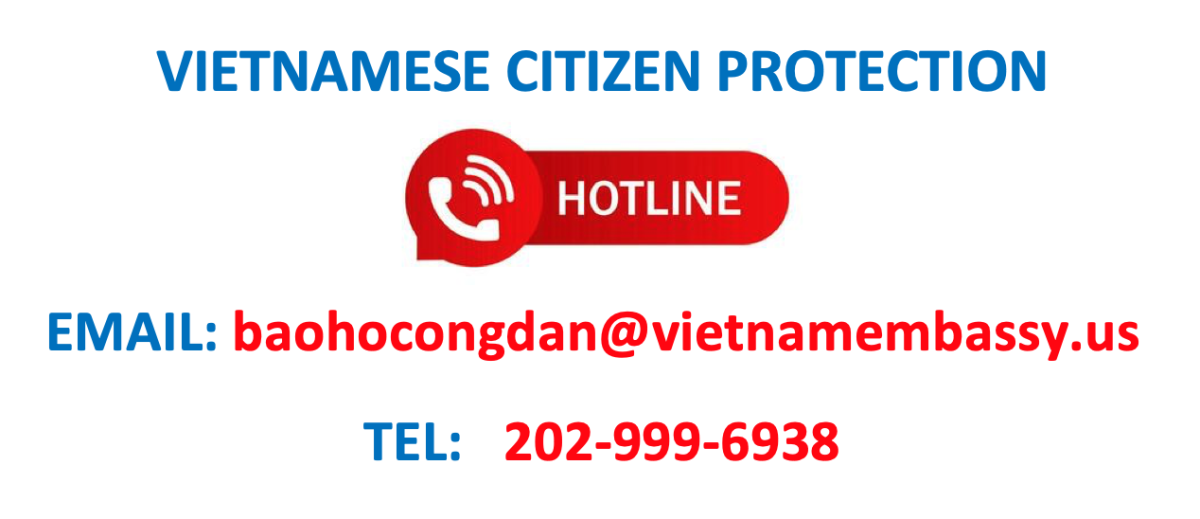U.S.-ASEAN summit: An opportunity for re-engagement with SE Asia
(This article appeared in The Hill, September, 2010)
When the leaders of the 10 member states of the Association of Southeast Asian Nations (ASEAN) meet President Barack Obama in New York today, the United States will have made good on a promise Secretary of State Hillary Clinton made last year: The United States is back.
ASEAN brings together in one bloc the ten countries of one of the world’s most vibrant economic regions. In 2010, Viet¬nam holds the rotating chairmanship, and it shares many common interests with priori¬ties of the United States, including broaden¬ing and deepening trade integration in and beyond the region. ASEAN’s total trade vol¬ume reached $1.5 trillion in 2009; the United States exported $67 billion. ASEAN econo¬mies have weathered the global economic crisis better than most. Vietnam continued to experience economic growth rates of around 5% at the worst time. It is no surprise, then, that regional neighbors are joining a growing alphabet soup of associated groupings.
Apart from the original ASEAN goal of economic integration, the leadership in Ha¬noi wants to put additional emphasis on tra¬ditional and non-traditional security. Bring¬ing the United States into the fold represents a crucial piece in this policy. ASEAN+3 in¬cludes China, South Korea and Japan, ASE¬AN+6 adds India, Australia and New Zea¬land. Russia is seeking closer relations, and the Obama administration has made a U.S. involvement a policy goal. Washington’s reasons are not limited to buying or selling computer chips, however.
The decreasing influence of U.S. foreign policy in Southeast Asia has given rise to concerns in policy circles. Repeat visits by Clinton and Defense Secretary Robert Gates as well as President Obama’s presence at the 2009 Asia Pacific Economic Cooperation meeting in Singapore have made it clear that this administration views Southeast Asia as an ascendant region, in more than economic terms. With ever-closer regional integration, ASEAN expects the United States will be more fruitfully engaged in the region.
An inclusive ASEAN
The Vietnamese chairmanship offers U.S. diplomats an opening. Vietnam sees ASEAN as an inclusive bloc, one that wants to deepen internal relations while broadening external ones. Most importantly, Vietnam’s main priorities of regional stability and prosper¬ity coincide with those of the United States. Clinton said at a visit to Vietnam in July that the United States is committed to freedom of shipping in the South China Sea. And the 2009 Lower Mekong Initiative, put for¬ward by Washington, which brings together Vietnam, Laos, Cambodia and Thailand on non-traditional security concerns, has helped these countries to have a foreign policy chair with multiple legs. The initiative provides U.S. assistance in the fields of environment, health, education and infrastructure devel¬opment. After the United States’ initiative, China began to engage more actively with its neighbors on watershed projects.
ASEAN is the door to enter the region. Military cooperation between the United States and several ASEAN countries in¬cluding Vietnam has improved significantly over the years. Vietnam wants to use its chairmanship to broaden security cooperation not only beyond ASEAN itself, but even beyond the region. Its view is that peaceful regional de¬velopment requires a multitude of engaged voices, rather than dependence on one su¬perpower.
The New York summit is a two-hour af¬fair. Leaders do not fly around the world for the meeting itself, but for the side meetings that occur in parallel. Vietnam has made it clear that it is interested in the develop¬ment of the framework for ASEAN+8 (ASEAN+6, the United States and Russia). The Obama administration, which wants a stronger role in the region, has an opportu¬nity to pry the door open with the assistance of the current ASEAN chair.
Former President Bill Clinton suggested in a speech that U.S.-Vietnam relations, which were put on their post-embargo footing dur¬ing his presidency, are a bipartisan success story. “I think the only single issue that all Republicans and Democrats seem to agree on is that it’s a good thing we’re getting along with Vietnam,” Clinton said. Whether or not that is true, U.S. engagement with East Asia runs through two pathways, ASEAN and China. And Washington could do worse than bet more of its foreign policy chips on ASEAN.




